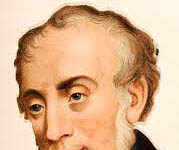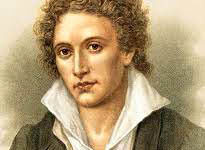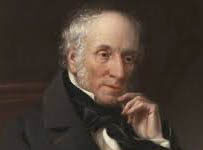The Globe Theatre
The Globe Theatre
Introduction
The Globe Theatre, a renowned symbol of Elizabethan theater, holds a distinctive place in the history of drama. Built in 1599 by the Lord Chamberlain’s Men, the company with which William Shakespeare was closely associated, the Globe became an iconic venue for the performance of some of the greatest plays in the English language.
The Birth of the Globe
The Globe Theatre was constructed in 1599 on the south bank of the River Thames in London. It was built using timber from an earlier theater, appropriately named “The Theatre,” which had been dismantled.
Open-Air Amphitheater
Characterized by its open-air design, the Globe was a circular amphitheater with three tiers of seating surrounding a central stage. The absence of a roof allowed performances to take place in natural daylight, contributing to the unique atmosphere of Elizabethan theater.
The “Wooden O”
The Globe was often referred to as the “Wooden O” due to its circular shape and wooden construction. Its design aimed to create an intimate setting, fostering a close connection between actors and the audience.
Architecture and Features
The Stage and Tiring House
The stage, a prominent feature of the Globe, jutted into the middle of the circular space. Behind the stage was the tiring house, a multi-level structure that served as a backdrop for scenes and housed dressing rooms for actors.
Trapdoors and Balcony
Trapdoors in the stage allowed for dramatic entrances and exits, and a balcony above the stage accommodated certain scenes, particularly those involving supernatural elements. These architectural features added dynamism to performances.
Performances at the Globe
Playwrights and Repertoire
The Globe Theatre was closely associated with the works of William Shakespeare, Christopher Marlowe, Ben Jonson, and other prominent playwrights of the time. The repertoire included a mix of tragedies, comedies, and histories.
Theatrical Practices
Theatrical practices at the Globe were vibrant and dynamic. The use of minimal props and elaborate costumes, along with the absence of elaborate scenery, placed a strong emphasis on the actors and their performances.
The Globe’s Audience
Diverse Spectators
The Globe attracted a diverse audience that spanned across social classes. Groundlings, who paid a lower fee, stood in the pit, while wealthier patrons occupied the galleries. This diverse audience contributed to the lively and inclusive nature of the theater.
The Experience of Groundlings
Groundlings, standing in the pit closest to the stage, experienced a more interactive and participatory form of theater. This proximity allowed for a direct engagement with the actors and the unfolding drama.
Demise and Reconstruction
The Great Fire
In 1613, the original Globe Theatre was destroyed by a fire that broke out during a performance of Shakespeare’s “Henry VIII.” The fire was caused by a cannon shot that ignited the thatched roof.
Reconstruction and the Globe Today
The Globe Theatre was rebuilt in 1614, only to be closed down in 1642 due to the Puritan government’s opposition to theatrical performances. In 1997, a faithful reconstruction known as “Shakespeare’s Globe” was opened near the original site, allowing contemporary audiences to experience the magic of Elizabethan theater.
Cultural Impact
Shakespeare’s Enduring Legacy
The Globe Theatre, as the primary venue for the performance of many of Shakespeare’s plays, played a pivotal role in shaping the legacy of the Bard. The enduring popularity of his works is, in part, a testament to the Globe’s cultural significance.
Modern Influence
Shakespeare’s Globe continues to be a cultural hub and educational institution. The Globe’s commitment to authenticity in staging Shakespearean plays provides modern audiences with a glimpse into the theatrical practices of the Elizabethan era.
Conclusion
In conclusion, the Globe Theatre remains an emblematic institution in the history of English theater. Its circular design, open-air setting, and association with the works of Shakespeare contribute to its enduring legacy. From the vibrant performances in the Elizabethan era to the modern-day reconstructions, the Globe Theatre continues to captivate audiences, preserving the spirit of a bygone theatrical age. 0 0 0.
The Globe Theatre
N.B. The article ‘The Globe Theatre’ originally belongs to the book entitled ‘Essays on Shakespeare and His Time‘ by Menonim Menonimus.
You May Like:
- Reviews on Shakespeare’s Works
- Shakespeare’s Sister-An Analytical Study
Additional Searches:











